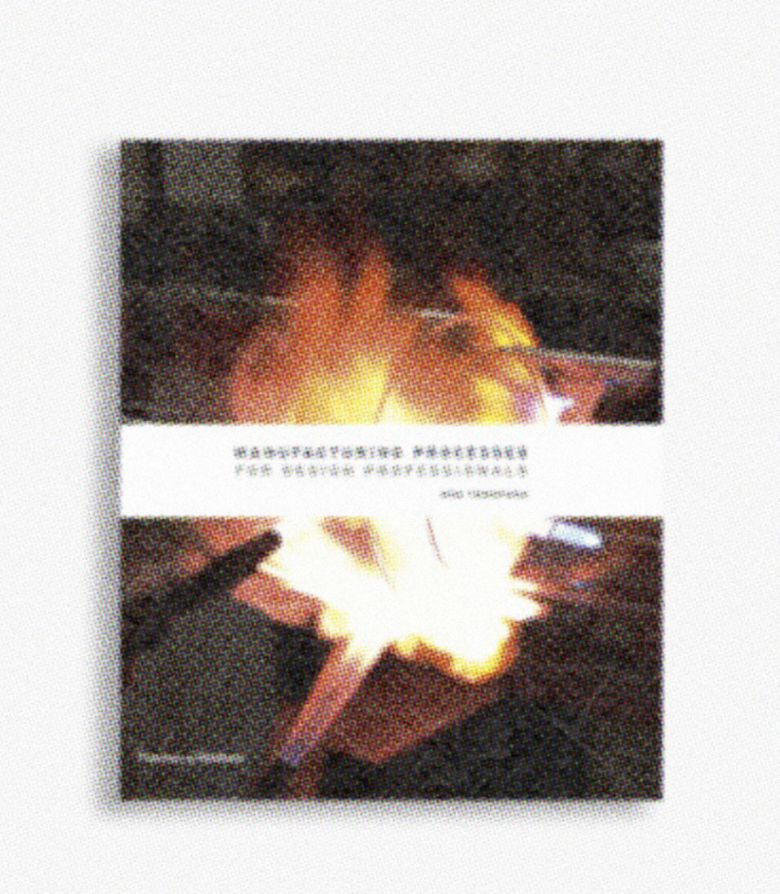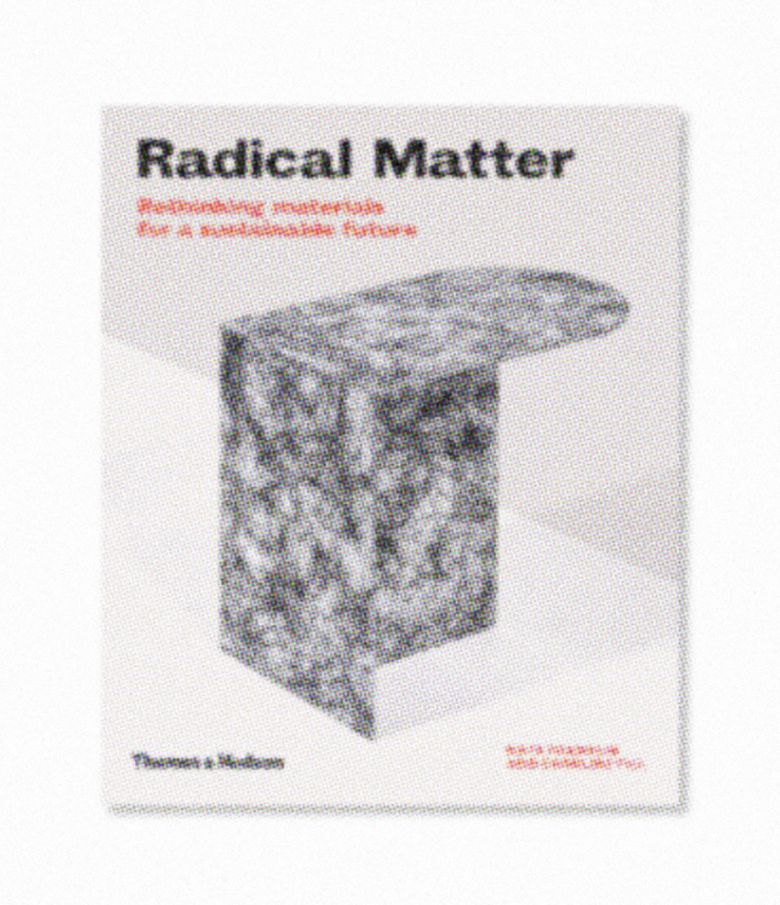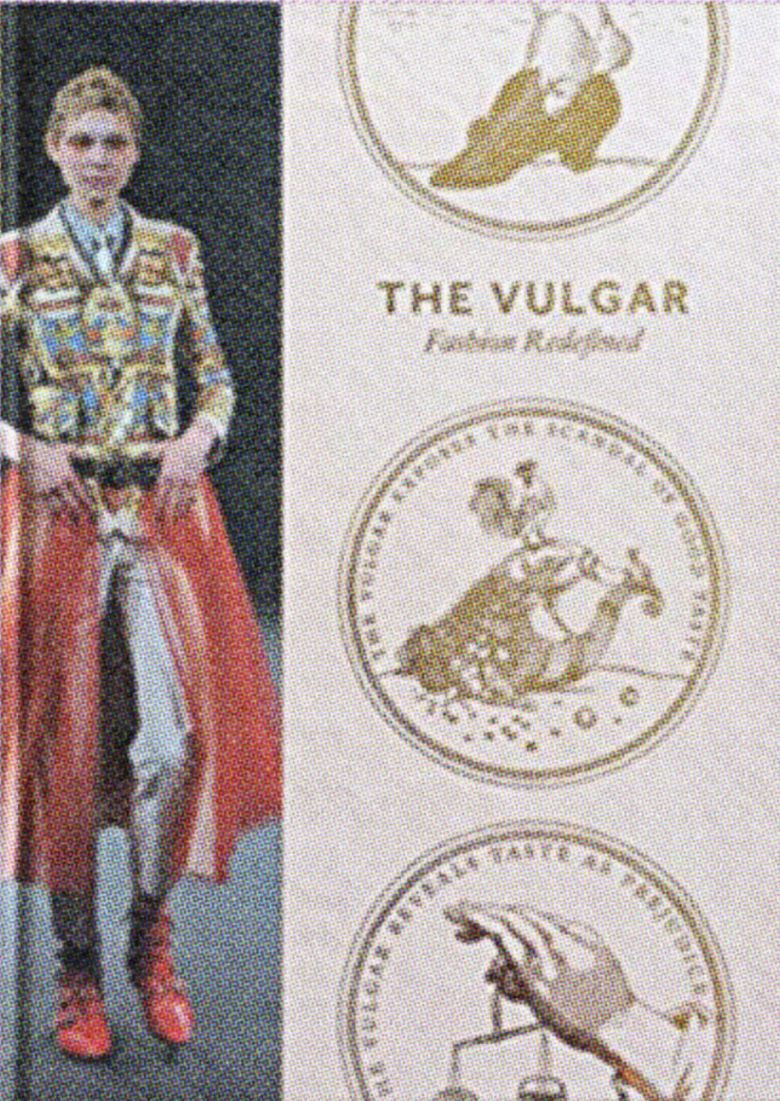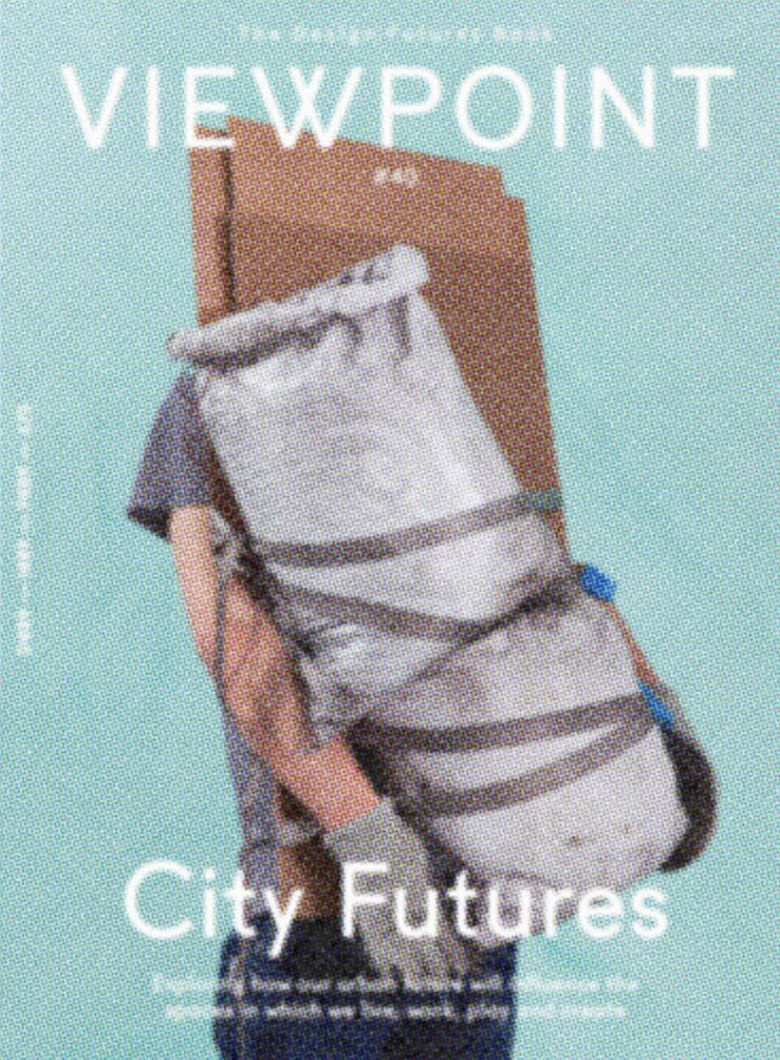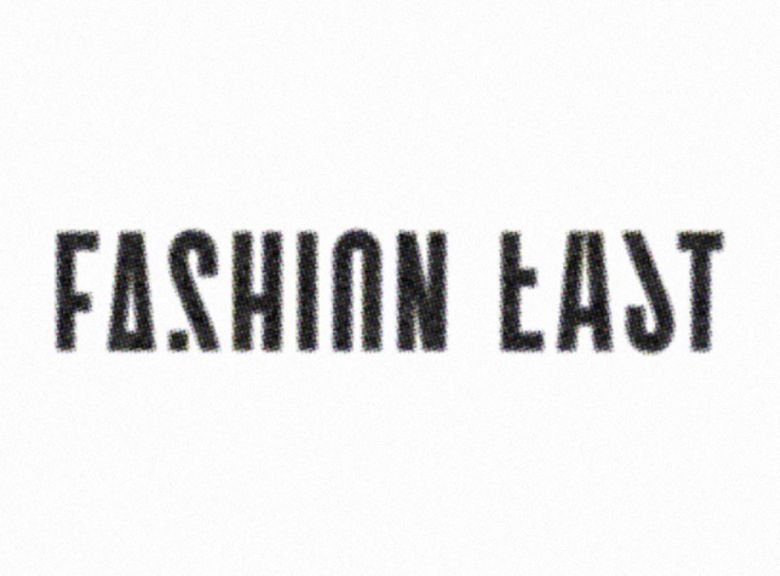Waste Avoidance
003
Minimizing or eliminating waste in the product creation process.
“I think only by understanding that the current system isn’t sustainable, can you really think about designing the future of it.”
—Joanne Jørgensen, Director Materials Design Nike Knit
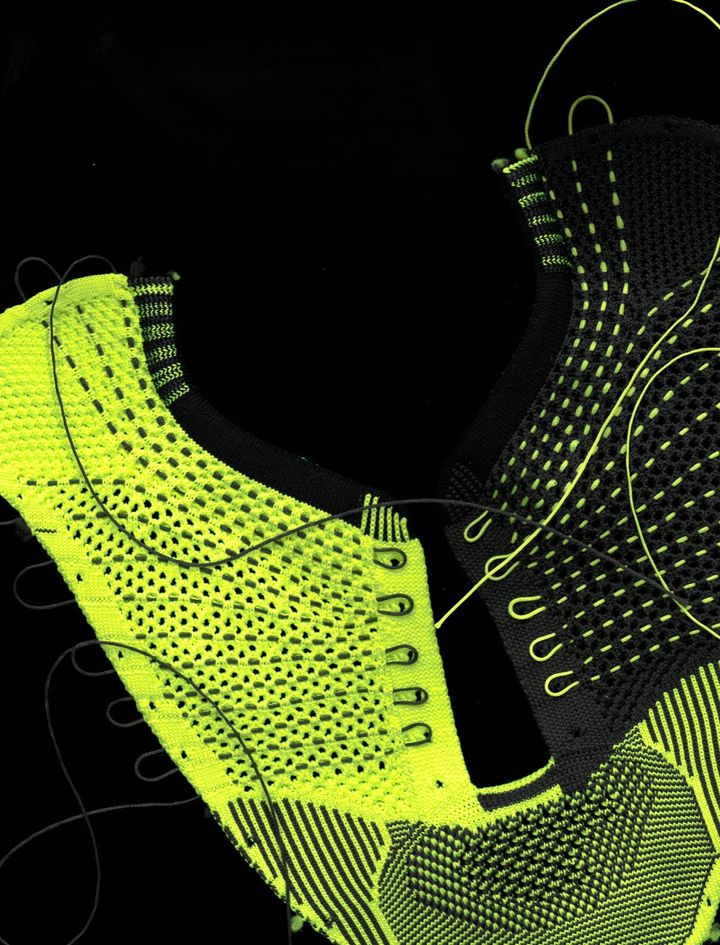
Thought Starters
Consider your brief or project aims. How could you concept and design to increase pattern efficiency (nested, square/geometric) and minimize pattern printing?
What prototype approaches are you planning to use? Can you use alternative approaches that avoid waste (E.g. digital samples, reducing/repurposing samples and prototypes)?
How could you leverage additive manufacturing (3D printing) to reduce prototype waste?
How could post-industrial scrap be integrated (aligned with brief, aesthetic and consumer needs/ desires)?
How could you adjust your business model to avoid waste (E.g. Made to Order quantities)?
How will your selected pattern method align with the manufacturer’s method of make?
Case Studies

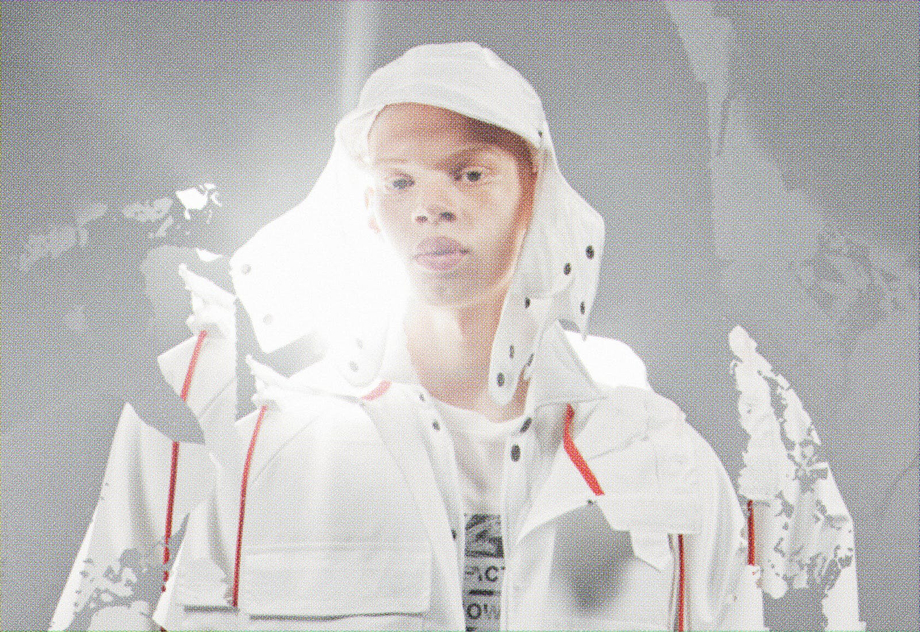

A collaborative, creative fashion studio where daily design meets responsible production, alongside monthly events, discussions and workshops. Christopher and his team have pioneered the reworking of surplus fabrics and garments to create distinctive and functional pieces, bringing responsible design to a main-stream fashion audience and presenting a new definition of luxury with integrity.

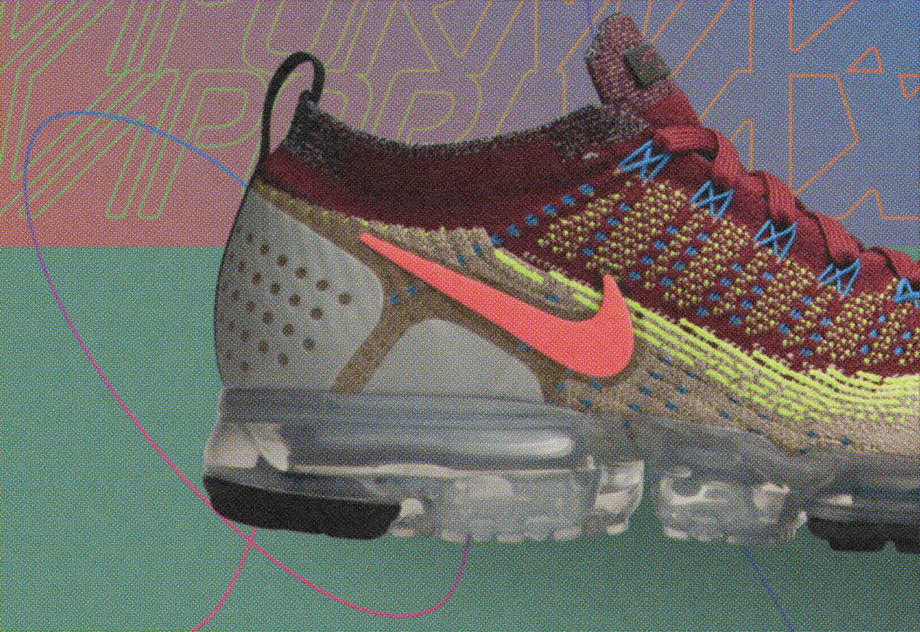

Nike Flyknit disrupts the traditional shoe making “cut-and-sew” method where material pieces were cut into shapes, leaving behind a lot of waste. Instead, it creates footwear uppers directly from yarn to the precise specifications of the shoe.

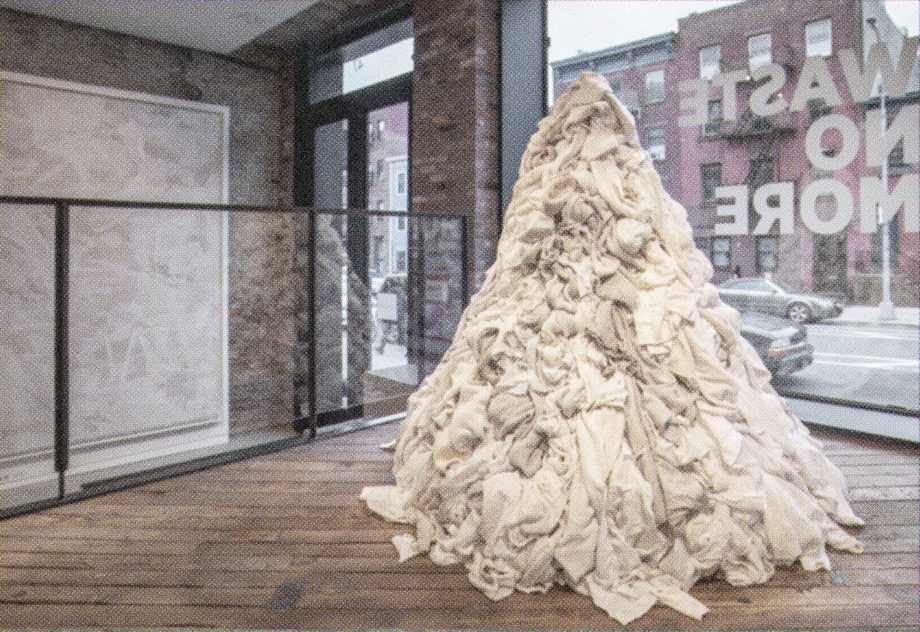

EILEEN FISHER is taking responsibility for what it makes, starting by designing clothes that last. When customers no longer need them, the brand takes its clothing back—1.2 million pieces since 2009—to be reworn, remade, or felted into something new. It’s how they’re designing a future without waste.
